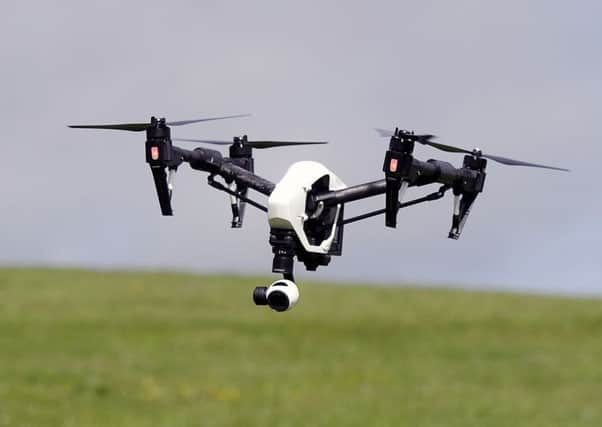'˜Hands-free' farming project to harvest its first crop
This article contains affiliate links. We may earn a small commission on items purchased through this article, but that does not affect our editorial judgement.


Harvesting of the spring barley at the “Hands Free Hectare” project run by Harper Adams is now on the cards – and the team conducting the experiment yesterday said it was pleased with the results so far.
• READ MORE: Farming news
Kit Franklin, the agricultural engineering lecturer who leads the project, said: “The crop has done really well; it’s nearly matured and looking like it’s going to yield quite well.
Advertisement
Hide AdAdvertisement
Hide Ad“Obviously we do have the misses where the tractor wasn’t quite driving straight when we were drilling it but I think it’s going to yield reasonably well.”
With work currently under way on the combine, Franklin added: “The combine is using very similar systems to the ones that we established on the tractor that we used for spraying, drilling and rolling our hectare. There are a large number of actuators to move and control all of the systems on the combine which have had to be fitted.”
• READ MORE: Potato growers dig the latest smartphone technology
However the project had not been totally without hitches – and the time required to move guidance equipment form one vehicle to another had caused delays to the first spray.
The team’s agronomist, Hutchinsons’ Kieran Walsh, said that disease levels had been low as the crop had been drilled later than expected.
However he said that not being able to walk the field himself had been one of the major challenges in the projects.
“For me this has been one of the most challenging parts of the project, as I get a feel of what crops are doing when I walk through a field,” said Walsh.
“With our hands-free crop I’ve studied the scout video footage very closely to determine the weed levels and disease on the crop.”